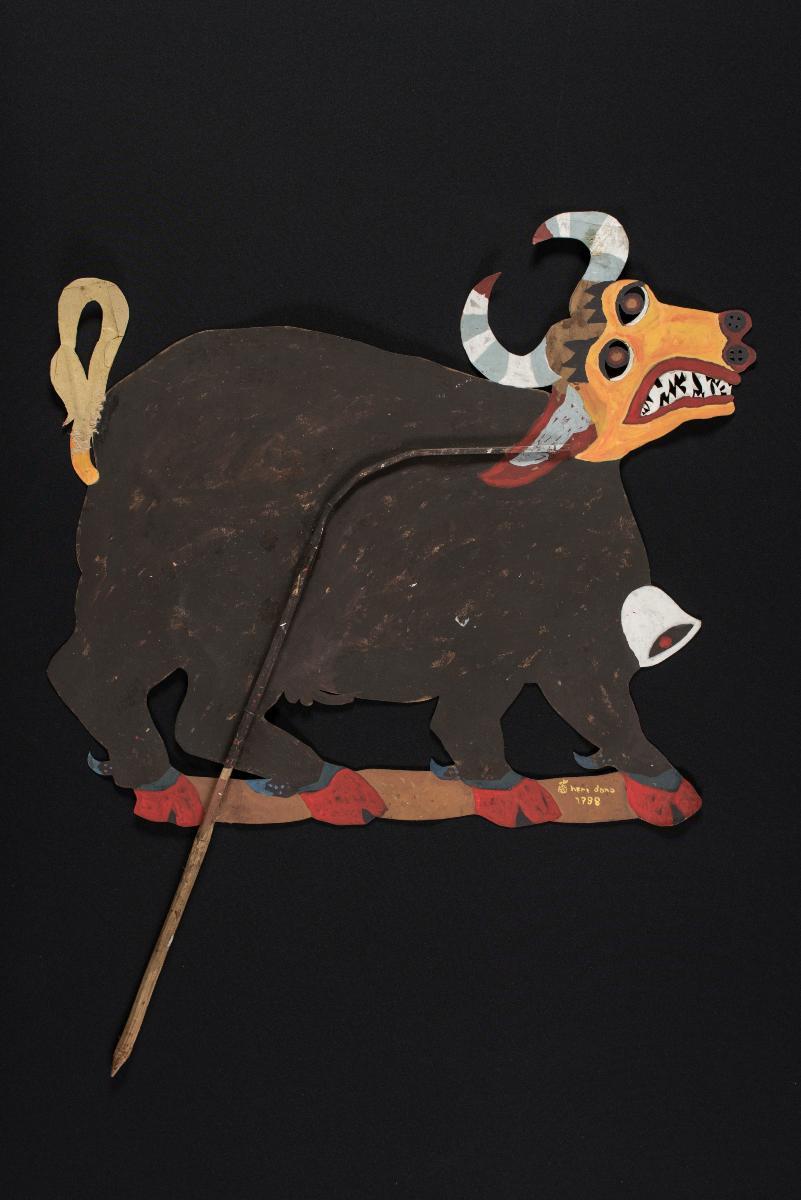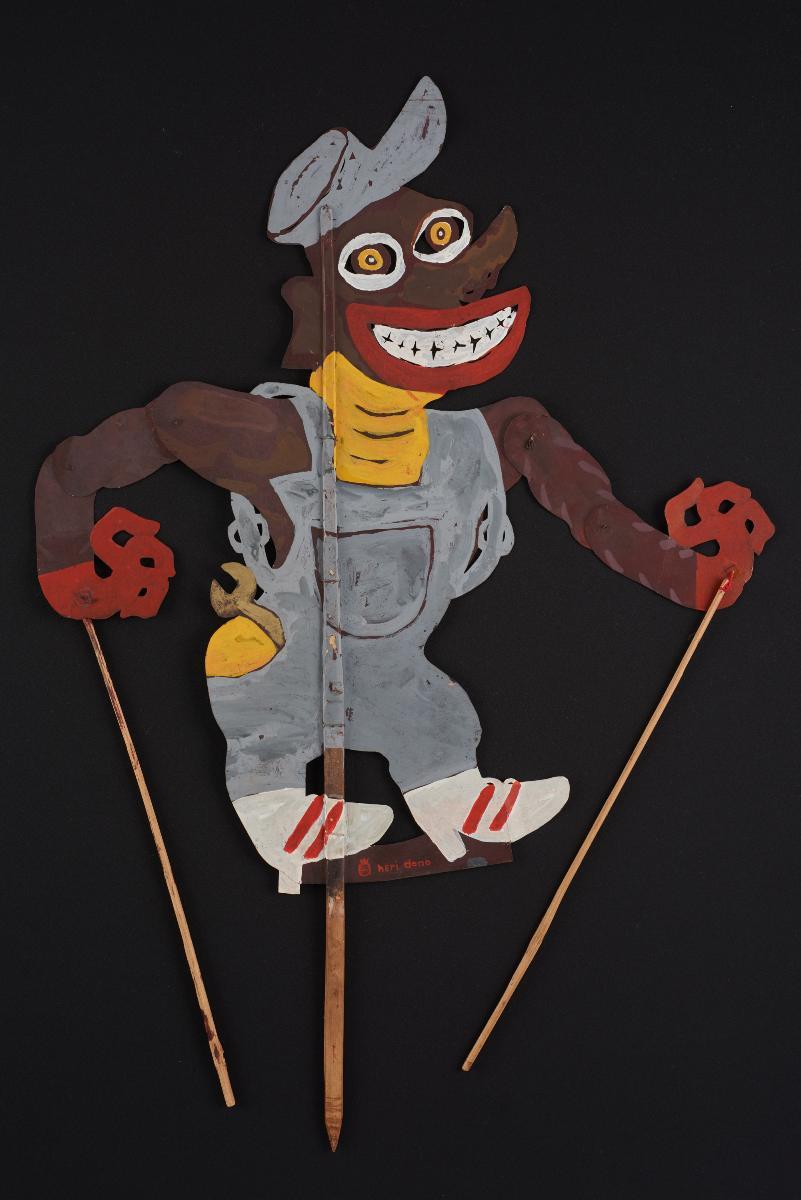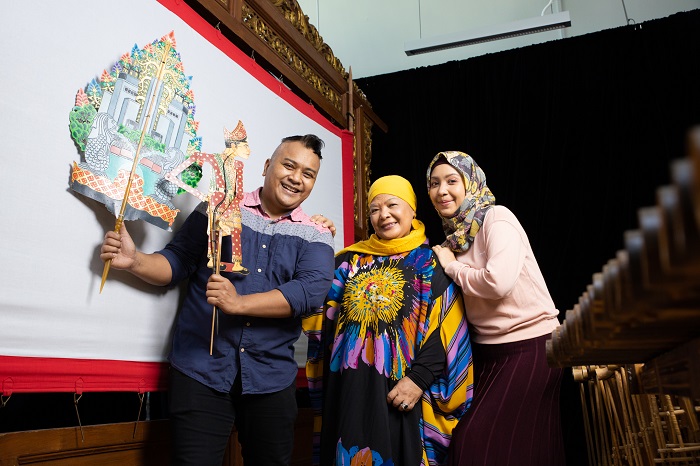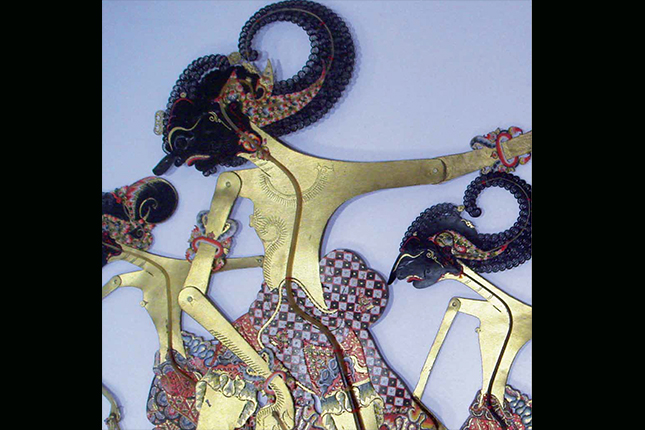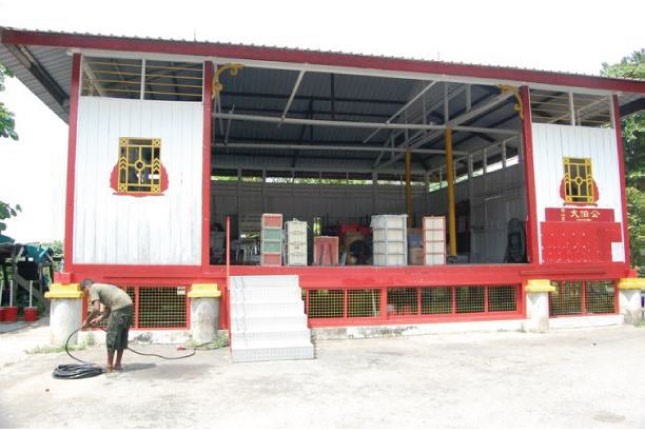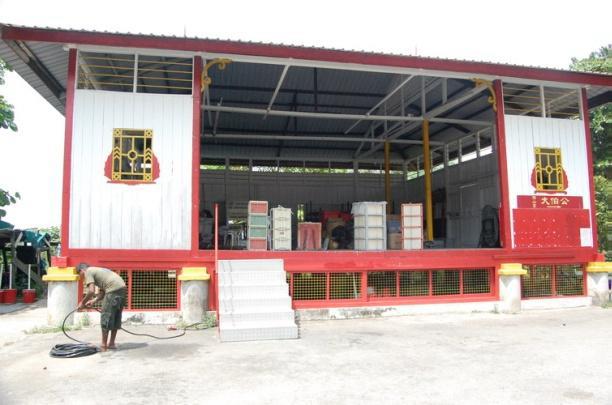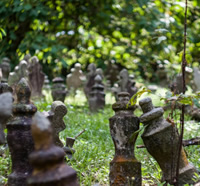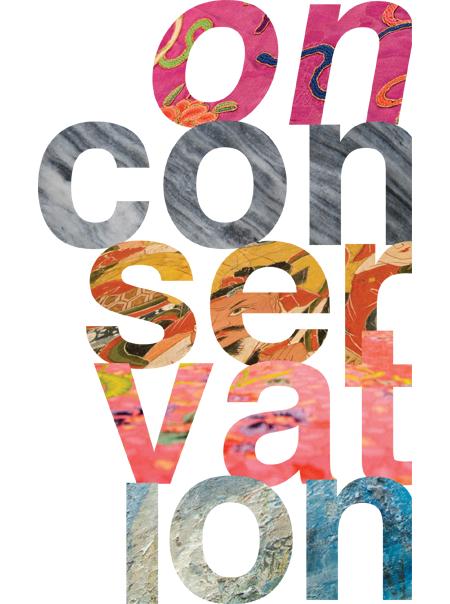Wayang Kulit
Wayang kulit, or shadow puppet theatre, is a form of traditional theatre. Respected as a pusaka, or heirloom, it is theatre with storytelling through puppetry, music, and sophisticated handcraft.
Traditionally, wayang kulit performances provide entertainment for various ceremonies and celebrations, and sometimes take on ritual significance, with incantations and offerings. Stories, usually from the Hindu epics Ramayana and Mahabharata, or from Javanese tradition, are selected according to the occasion. In Java, performances may last a full eight hours, from evening to three or later in the morning. Wayang kulit existed in Java’s royal courts as early as the ninth century, and was likely introduced to Singapore by migrants from Java.
In Singapore, wayang kulit often features local heroes, Malay characters, and historical figures such as Sang Nila Utama, Hang Nadim, and Hang Tuah.
Geographic Location
There are many forms and types of wayang kulit in Southeast Asia, and the forms performed in Singapore have Javanese influences. Wayang kulit is most often performed as part of a celebration or ceremony, and this may happen at any time of the year and any place, for instance, a residence.
In Singapore today, wayang kulit performances are often put up as part of community festivals, and is enjoyed by audiences at public events, schools and at performing arts venues.
Communities Involved
The Javanese community who came to Singapore hold the knowledge of the arts and cultural practices associated with wayang kulit. In Singapore, the Javanese community now forms part of the Malay Muslim community, and the art form has been translated, shortened, and adapted to fit this context.
Associated Social and Cultural Practices
The focal point of any wayang kulit performance is the screen, made of cotton, set on a stage or elevated portion of the floor, and lit by an oil lamp or, in today’s context, an electric bulb. Most of the audience sits in front of the screen, where they can watch the moving shadows, but some may sit behind instead to see the puppets themselves, a position traditionally associated with the gods. A banana trunk is used to hold the puppets upright with the pointed ends of the puppets staked into it. They are arranged on both sides of the dalang (puppet master)—with “good” characters on his left and “bad” on his right. The puppets are typically made of buffalo skin and ivory, wood, or plastic. A gamelan orchestra with wira swara and pesindhen—male and female singers respectively—accompanies the performance, with about 25 musicians in total.
The dalang, the central figure of wayang kulit, plays multiple roles. Not only does he control the puppets and give the characters different voices, but he also has to lead the singers and conduct the orchestra. Additionally, he makes sound effects by using a mallet on a box and his right foot on keprak, small hanging iron plates. Sometimes, he chooses the story for the occasion or takes on a spiritual role. Being a dalang is difficult as it calls for multiple skills and talents.
Experience of a Practitioner
Mr Adel is the son of Madam Som Said, who founded the Sri Warisan Academy of Performing Arts, a group focused on Malay music and dance. Both mother and son were instrumental in increasing the group’s exposure to wayang kulit and increasing its presence in Singapore. As a person of Javanese descent, Mr Adel considers wayang kulit part of his heritage and wants to pass it on by teaching people about its past, present, and future.
Today, Sri Warisan teaches students using a modular system and takes wayang kulit out to schools, the wider community, and even aboard. Mr Adel specialises in introducing wayang kulit to the younger generation, and has introduced new characters like modern superheroes to encourage his students to develop their interest in wayang kulit.
Present Status
In the traditional sense—for ritual or celebration—wayang kulit has vanished from Singapore, though Mr Adel hopes it will return. “But,” he says, “as a form of education, as a form of entertainment, [wayang kulit] will still continue to grow.” He describes interest in it as “tremendous” and cites a dramatic increase in contemporary wayang kulit performances.
There are various efforts by performing art groups and arts and culture organisations to raise awareness and promote the art form. Wayang kulit is also included in arts education programmes held in some schools. This ensures that wayang kulit will continue to be transmitted for years to come.
References
Reference No.: ICH-009
Date of Inclusion: April 2018; Updated March 2019
References
Ahmad, Khairani. “Wayang Kulit kian hilang ditelan masa.” Berita Harian, 26 June 1978.
Ibrahim, Mohd. Amzi and Ramli, Ainu Sham. Shadow play: Malay traditional theatre. Kuala Lumpur: Malaysian Handicraft Development Corporation, 2008.
Long, R. Javanese shadow theatre: Movement and characterisation in Ngayogyakarta wayang kulit. UMI Research Press, 1982.
Osnes, B. The shadow puppet theatre of Malaysia: A study of wayang kulit with performances scripts and puppet designs. North Carolina: McFarland and Co, 2010.
Rashid, Yaakub. “Saving a heritage.” The Straits Times, 4 October 1990.






